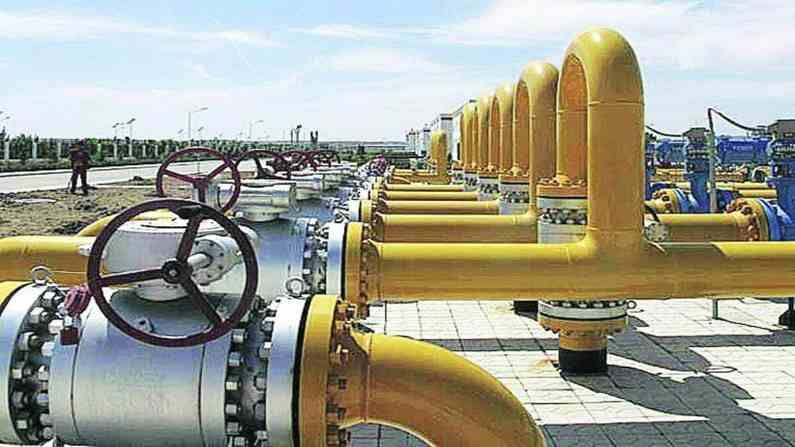These stocks have taken a hit due to 62% hike in gas prices
As new rates kick in, gas produced from fields given to state-owned ONGC and OIL will be $2.90 per million BTU for the six-month period starting Oct 1

Last week the government hiked the price of natural gas, which is used to produce electricity, make fertilisers and turned into CNG (Compressed Natural Gas) to use as fuel in automobiles and cooking gas for household kitchens. The 62% price hike, came on the back of a steep rise in international gas prices on supply concerns, is set to be positive for some oil & gas explorers but end users, especially companies that use gas-fired kilns, may take a hit.
As new rates kick in gas produced from fields given to state-owned Oil and Natural Gas Corporation (ONGC) and Oil India (OIL) will be $2.90 per million British thermal units for the six-month period starting October 1, 2021 to March 31, 2022.
Price hike impact
Market experts believe that the price rise is positive for oil and gas explorers, which may see better top-line growth because of this. “Marketing margins down sharply, now below FY21 levels, but continued retail price revisions likely to restore margins. The refining margin index (based on spreads and BPCL / HPCL product slates) are up sharply. No LPG price increase this month as benchmark Saudi-Aramco prices up just a little over US$10/ton MoM,” wrote Antique Stock Broking in a report.
Conversely, margins of city gas distributors could be impacted if the hike is not passed on the customers. “APM (Administrative Price Mechanism) gas price increase squeezes CNG / domestic PNG (Piped Natural Gas) margins. Indraprastha Gas CNG (Compressed Natural Gas) price increase of Rs2.28/kg is grossly insufficient. At the same time Gas’ competitiveness vis-à-vis liquid fuels continue to decline,” the report noted. This is negative for companies like Mahanagar Gas, Indraprastha Gas, Gujarat Gas, Adani Gas and others.
Besides gas distributors, the price hike is negative for user industries like the ceramic industry, power companies, fertilisers companies.
Impact on consumers
Natural gas is used for producing compressed natural gas (CNG). CNG is, in turn, used to fuel automobiles and cooking gas in households. So as the prices rise, the gas price will likely rise by 10-11% in Delhi and Mumbai.
That apart the cost of generating electricity will also increase. However, consumers will not be affected as the share of power produced from natural gas is very low. But the shortage of coal can lead to interruption in the power supply.
Even the cost of producing fertilisers will go up. But it will not have a visible impact as government subsidies will prevent a price hike.